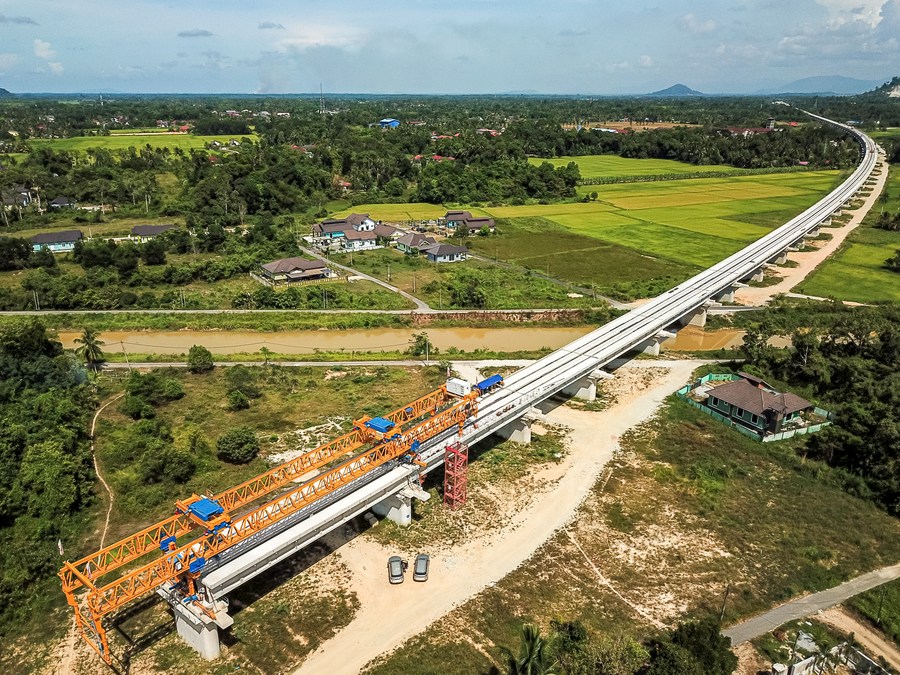Datong, September 18, 2024, The Europe Today – In the northern city of Datong, Shanxi Province, a former coal mining subsidence area has been revitalized with the installation of a vast photovoltaic base, symbolizing China’s ongoing shift toward renewable energy. Once scarred by years of mining, the area is now home to solar panels covering nearly 50,000 mu (approximately 3,333 hectares), generating over 12 billion kilowatt-hours of green energy since 2016.
“This photovoltaic base has epitomized the country’s energy transition. Over eight years of operation, it has validated the reliability of photovoltaic products,” remarked Yin Xulong, chairman of Yingli Solar Co., Ltd., a key supplier of the solar panels powering the site.
At the recent Taiyuan Energy Low Carbon Development Forum, held in Shanxi’s capital, Taiyuan, Francesco La Camera, director-general of the International Renewable Energy Agency, praised China’s significant contributions to global renewable energy growth. In 2023, China accounted for 63 percent of the world’s new renewable energy installed capacity.
As of July 2024, China’s total installed capacity of renewable energy had reached 1.68 billion kilowatts, representing over 54 percent of the nation’s total power capacity. In Shanxi Province, clean energy has become a growing force. The proportion of installed capacity from new energy sources rose from 33.9 percent in 2019 to 47.2 percent in the first half of 2024, while electricity generation from these sources increased from 18.1 percent to 28.2 percent over the same period.
Shanxi’s advantage in green energy development is further bolstered by its ability to produce hydrogen from coke oven gas, a byproduct of coke production. Containing around 60 percent hydrogen, this gas offers a cost-effective source for hydrogen energy. Leading steel and coke companies in the province, including Jinnan Steel Group, Meijin Energy, and Pengfei Group, have invested heavily in the hydrogen sector, pushing Shanxi to the forefront of hydrogen energy production.
By the end of 2023, Shanxi’s capacity for high-purity hydrogen production had reached 31,000 tonnes per year, and the number of hydrogen fuel cell vehicles in operation had grown to 885.
In July, delegations from Indonesia’s coal-producing provinces visited Shanxi, impressed by the province’s innovative approaches to transforming its energy sector. “Shanxi’s existing industries are being well-used as a stepping stone for a green transformation,” commented Putra Adhiguna, managing director of the Energy Shift Institute.
Shanxi’s technological advancements in mining and energy were further showcased at the China (Taiyuan) International Energy Industry Expo. Intelligent mining technologies and space capsule-inspired ground control platforms were among the innovations on display, illustrating the province’s rapid development in reducing energy consumption and increasing efficiency.
Since 2021, Shanxi’s energy consumption per unit of GDP has decreased by 10.9 percent, driven by intelligent mining platforms that have streamlined data from over 400 coal mines to accelerate innovation and development.
China’s cumulative installed renewable energy capacity now represents approximately 40 percent of the global total, and the export of wind and solar products has helped other countries reduce their carbon emissions by an estimated 810 million tonnes. “China’s leadership in wind, solar, hydrogen, and smart energy technologies must be matched by increased international cooperation to help developing nations transition to green energy,” said Lu Junling, chief economist at the National Energy Administration.
Lu emphasized the need to explore new opportunities for diversified energy partnerships, while ensuring support for developing countries’ green and low-carbon energy initiatives.














